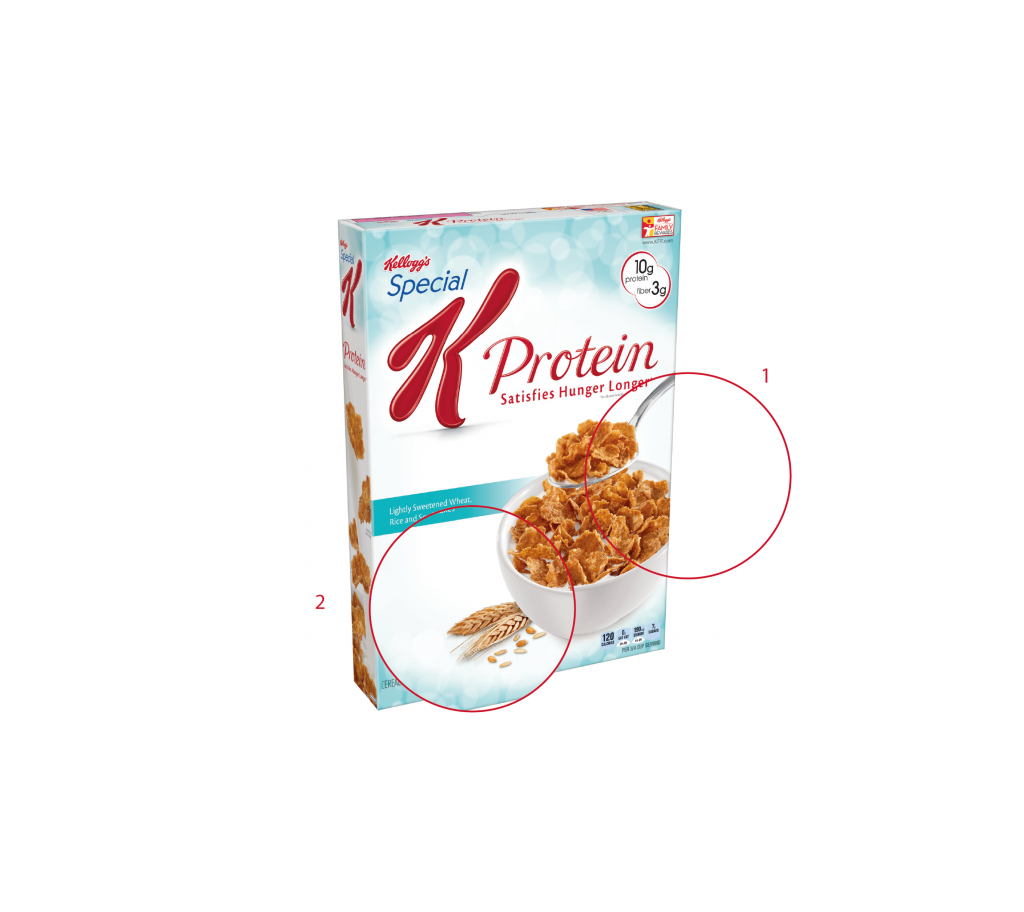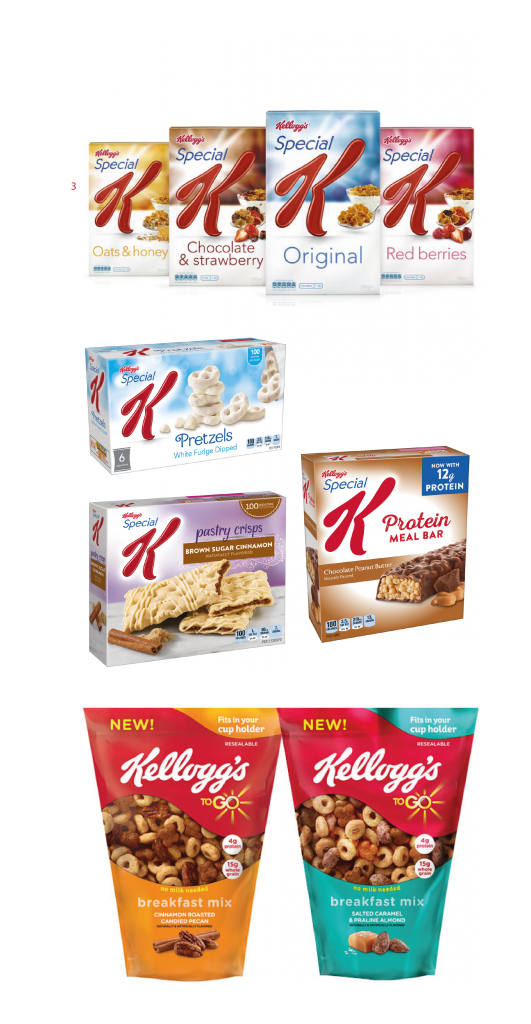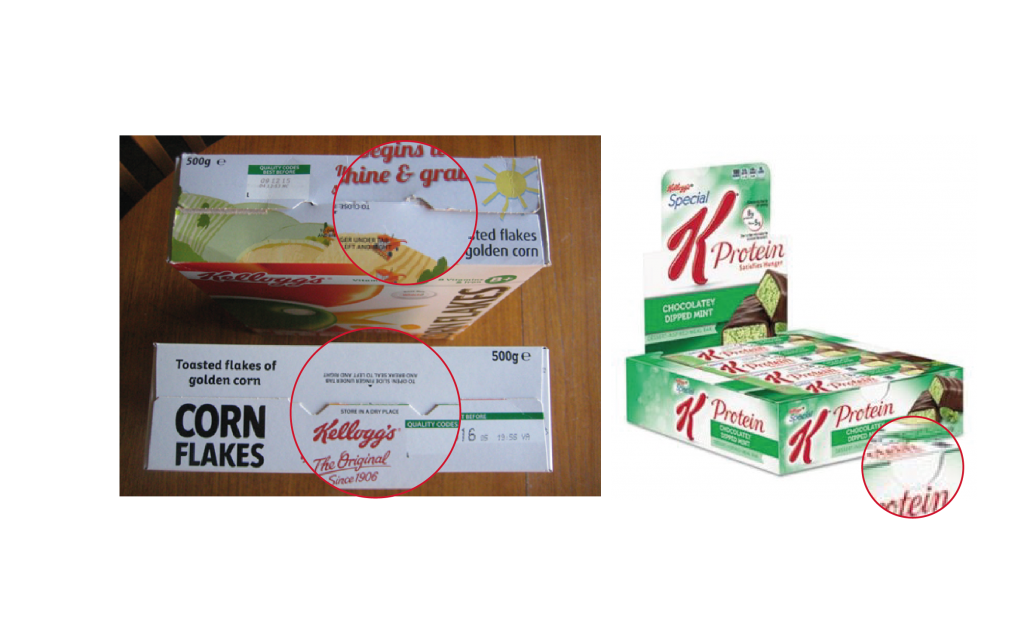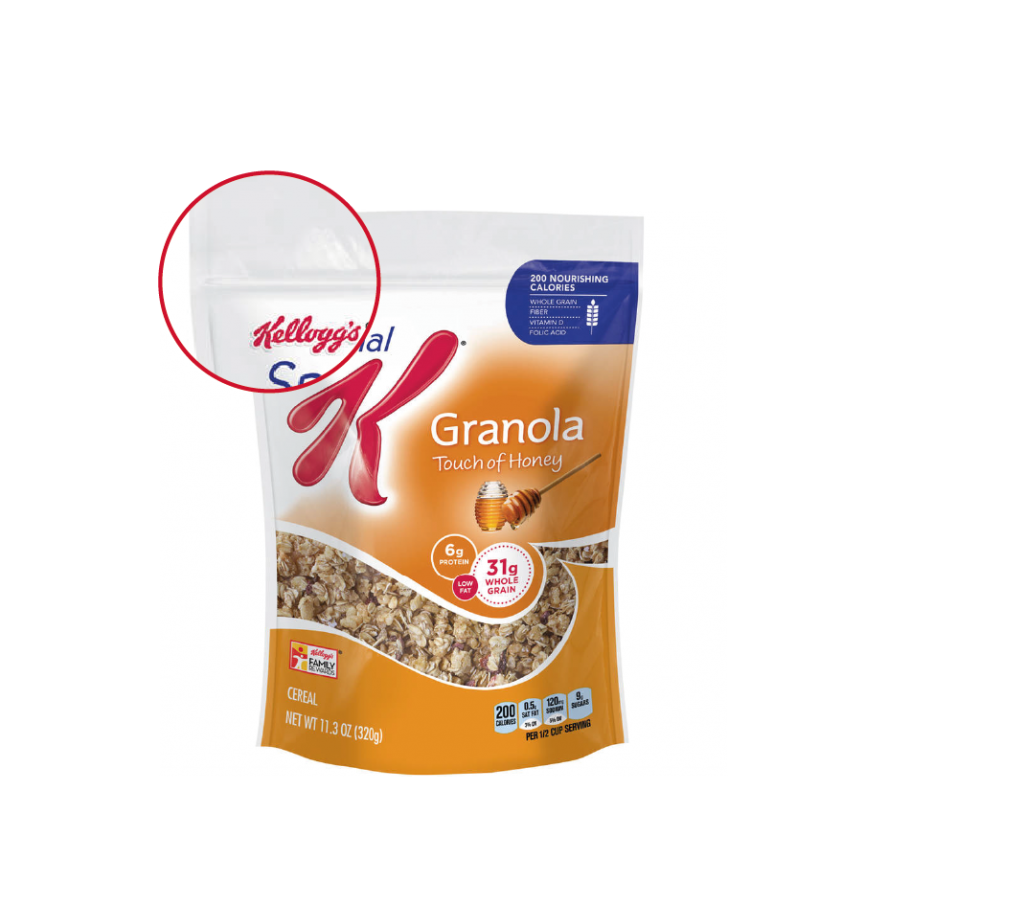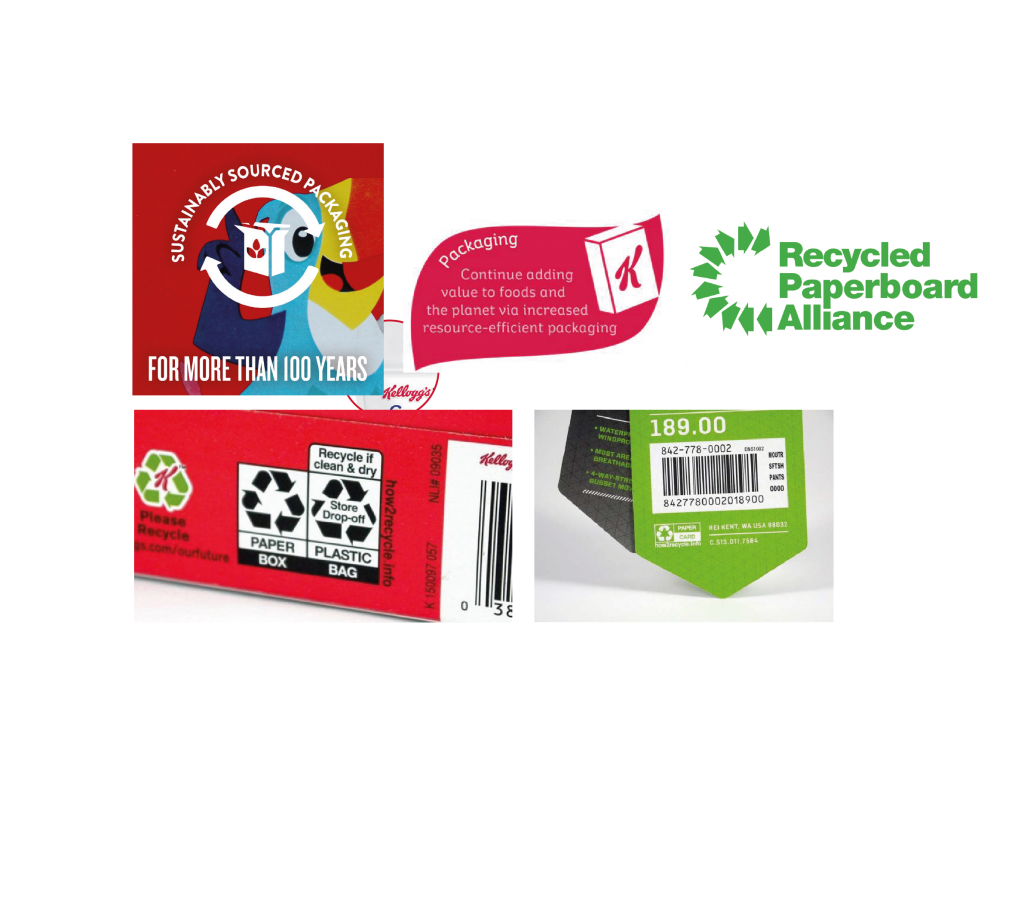1. MAKE IT CLEAR
What your product does should be apparent from the packaging. Give your product an edge by making it easier for your customer to understand at one glance what the product can do.
these 4 main highlighted points are exactly what the target needs to know about this packaging.
2. SHOW IT. DON’T JUST SAY IT
Packaging design should immediately convey the product’s unique features and function to your potential customer. Consider whether some information can be shown, not just told.
Customers care that this is healthy and naturally made. Straight forward shown better than told
3. UNIFY PACKAGING
Consider using a well-defined color code or unique nomenclature to unify the package design within the brand and product line. Each product should stand comfortably alone but also fit within a wider brand family.
- same alignments
- same image positioning
- same logo positioning
- same visual style
- same elements placement
- same family has same design
4.FOCUS ON FUNCTIONALITY
Create solutions that respond to the core problems experienced by users. Innovation should not be exclusively about newness, but rather about rightness.
Easy resealing to ensure the protection
of the product inside.
5.THINK ABOUT LIFE CYCLE
When designing packaging, do not simply look at beauty, look at your product’s life cycle, or how it impacts the earth. Can the product and its packaging be re-used or recycled? Streamline the design to reduce waste and help the environment. Packaging your product in a simple, yet functional manner is the best way to quickly communicate your brand’s message to your customers.
Every day, Kellogg makes great strides toward sustainability. Our GoGreen Teams sponsor events and activities to make going green fun for everyone at Kellogg!
The very first box W.K. Kellogg filled more than 100 years ago was made entirely of recycled material. Today, almost all our cereal boxes are made from 100 percent recycled carton board, so we’re making a smaller environmental impact. And you can help: all of our cereal boxes can be recycled, so you can give back, too.
At Kellogg, we carefully watch our water consumption. That’s because we want to make sure that we’re making a more positive impact on the environment with every drop we save.
Using Less Energy
Through efforts large and small, Kellogg is working to reduce its energy use and greenhouse gas emissions worldwide. Whether we’re cutting down energy consumption inside our facilities or finding sustainable ways to transport our ingredients, Kellogg is committed to reducing our carbon footprint a little more each year.

